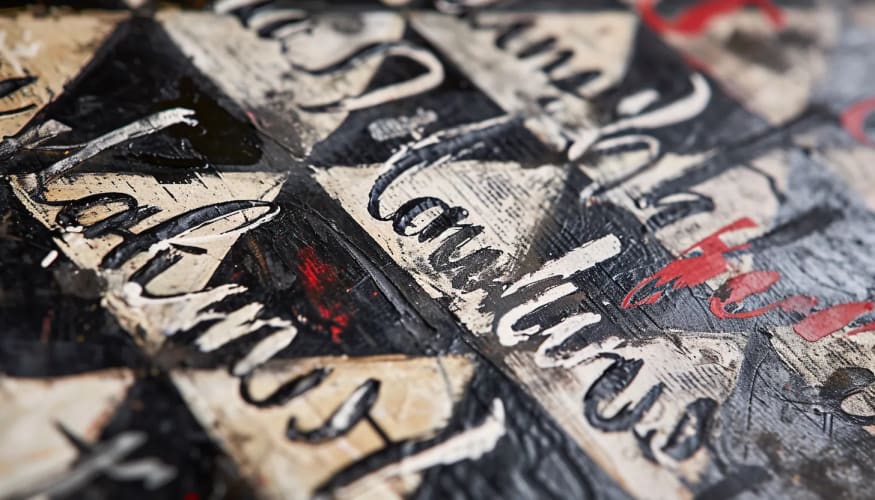And then, thirty years later. Yes, the image is about this last game. Time flies, and the path from draughts deer to draughts dinosaur is already behind me.
This game was played in the final round of the regular league match between DIOS Achterhoek and DC Friesland. Friesland had already qualified for the playoffs. For DIOS, this was the last chance to escape the relegation playoffs.
Nevertheless, Friesland came practically at full strength, including Guntis Valneris. And so, at the start of the game: Friesland (and thus Wiersma) had nothing to lose but also nothing to gain. DIOS also had nothing to lose, but something to gain.
These details are important because team competition leaves its mark on how players approach the game, and it can be very different from individual competition.

